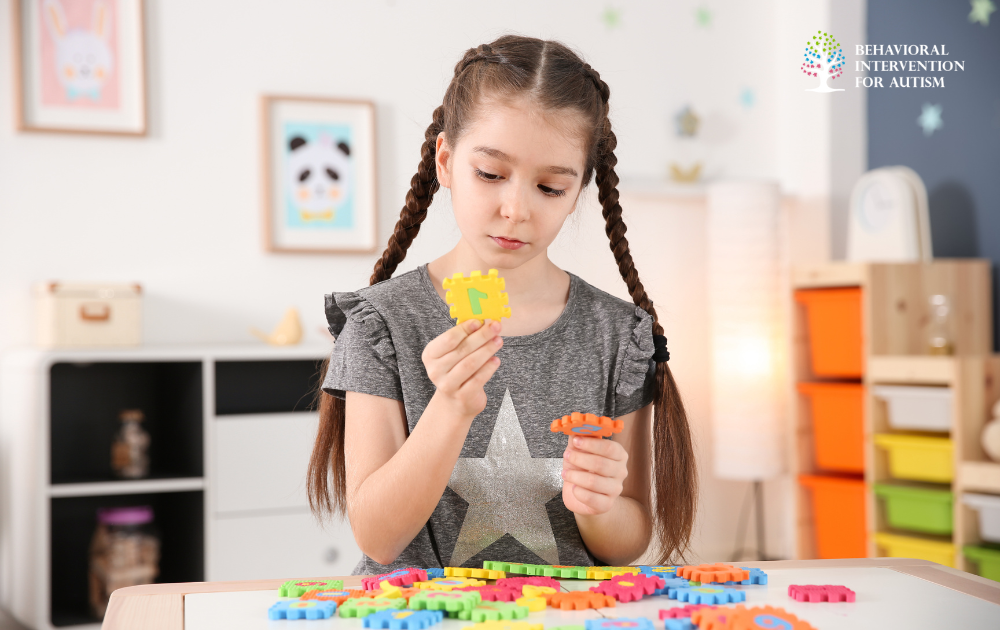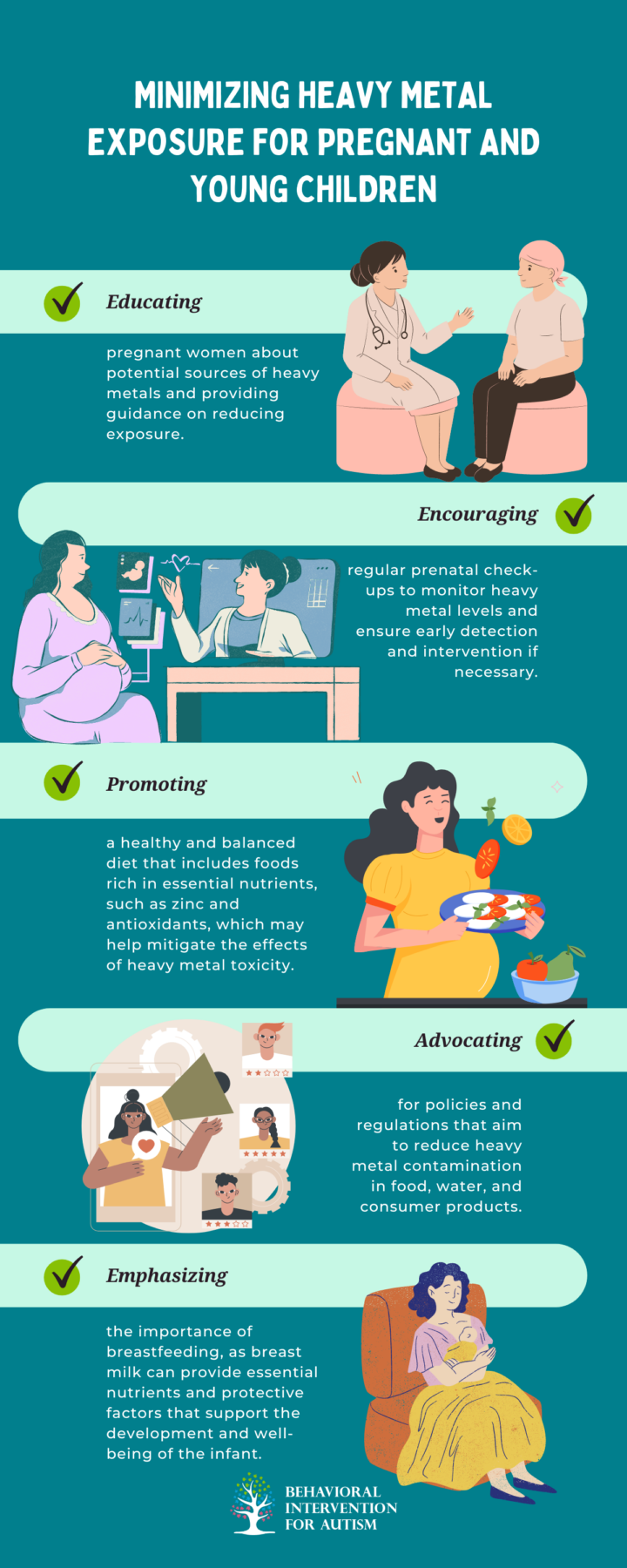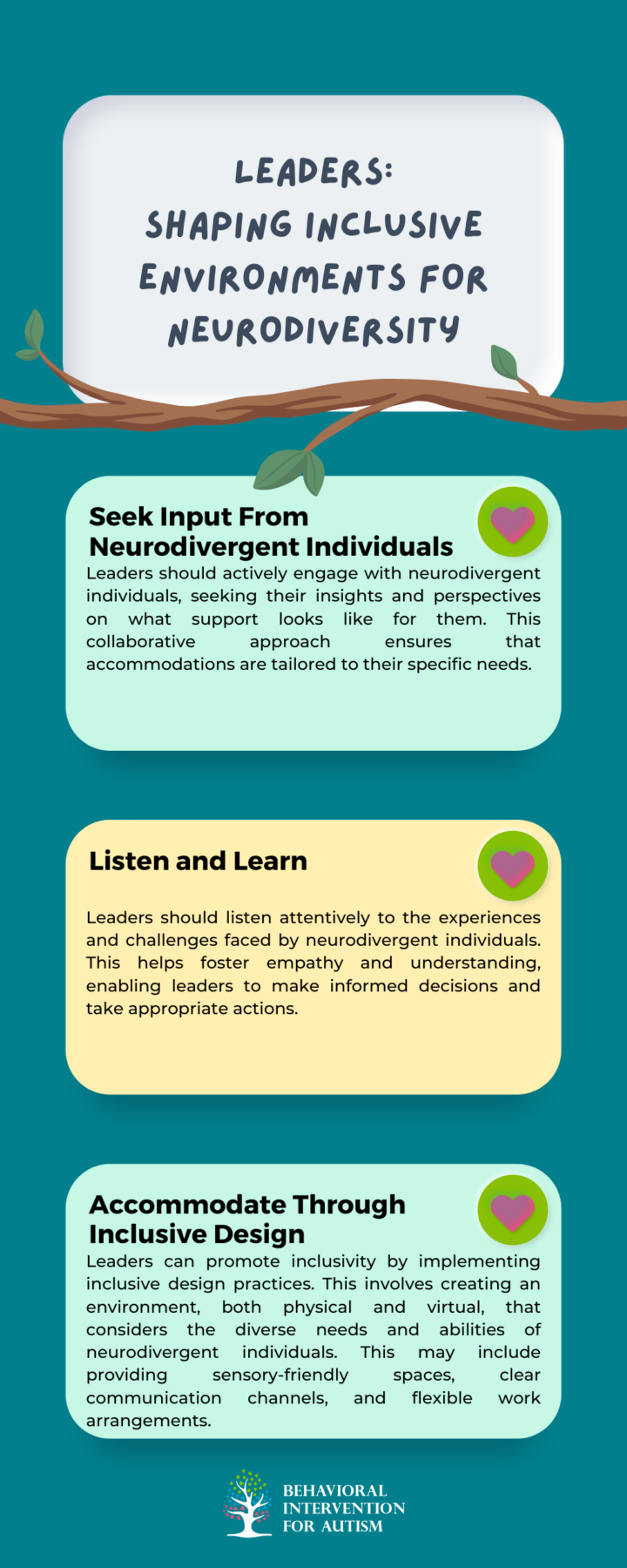Autism Spectrum Disorder (ASD) is a complex neurological condition that affects the development of the brain. It is not a single condition but a group of disorders that are all connected. ASD is characterized by difficulties in social interaction, communication, and repetitive or restricted patterns of behavior.
Overview of ASD
ASD is a lifelong condition that typically manifests in early childhood. The exact cause of ASD is unknown, but research suggests a combination of genetic and environmental factors play a role in its development. The symptoms and severity of ASD can vary widely among individuals, which is why it is referred to as a spectrum disorder.
Some common features of ASD include challenges in social interactions and communication. People with ASD may have difficulty understanding social cues, expressing themselves verbally, or engaging in reciprocal conversations. They may also exhibit repetitive behaviors, have specific interests, or display sensory sensitivities.
It’s important to note that while ASD can present challenges, individuals with ASD can also possess unique strengths and abilities. Many individuals with ASD have exceptional attention to detail, strong memory skills, and a keen focus on specific areas of interest.
Types of Autism Spectrum Disorders
Autism Spectrum Disorders (ASD) encompass a range of conditions that affect individuals in unique ways. We will examine three distinct types of autism spectrum disorders: Asperger’s Syndrome, Autistic Disorder, and Childhood Disintegrative Disorder.
Asperger's Syndrome
Asperger’s Syndrome is positioned on the milder end of the autism spectrum. Individuals with Asperger’s Syndrome are often highly intelligent and capable in their daily lives. However, they may face significant challenges in social interactions and communication. People with Asperger’s Syndrome tend to have intense focus and interest in specific topics, often displaying extensive knowledge in those areas. It’s important to note that Asperger’s Syndrome is no longer recognized as a separate diagnosis in the latest edition of the Diagnostic and Statistical Manual of Mental Disorders (DSM-5).

Autistic Disorder
Autistic Disorder, also known as classic autism, is positioned further along the autism spectrum than Asperger’s Syndrome. Individuals with Autistic Disorder exhibit similar symptoms to those with Asperger’s Syndrome but at a more intense level. These symptoms typically manifest in difficulties with social interaction, communication, and repetitive behaviors. Autistic Disorder can vary widely in its severity, with some individuals requiring substantial support for daily living, while others may have more independent lives with appropriate interventions and therapies.
Childhood Disintegrative Disorder
Childhood Disintegrative Disorder (CDD) is the rarest and most severe form of autism spectrum disorder. Children with CDD initially develop typically, reaching typical developmental milestones in areas such as social skills, communication, and language. However, between the ages of 2 and 4, they experience a rapid loss of these acquired skills. This loss is often accompanied by the development of a seizure disorder. Children with CDD may experience significant impairments in social interaction, communication, and adaptive functioning.
It’s important to note that the autism spectrum is vast and complex, and individuals can exhibit a wide range of characteristics and symptoms. Each person with autism is unique, with their own strengths and challenges. Understanding the different types of autism spectrum disorders can help individuals, their families, and caregivers navigate the complexities of autism and provide appropriate support and interventions tailored to their specific needs.
Further Classification of ASD
In addition to the commonly known autism spectrum disorders (ASD) such as Asperger’s Syndrome and Autistic Disorder, there are other less well-known disorders that fall under the umbrella of ASD. These include Rett Syndrome and Pervasive Developmental Disorder – Not Otherwise Specified (PDD-NOS).
rett syndrome
Rett Syndrome is a rare neurodevelopmental disorder that mostly affects girls but can also be diagnosed in boys. It is characterized by a period of normal development followed by a regression in skills. Individuals with Rett Syndrome experience significant challenges that affect almost every aspect of their lives.
Symptoms of Rett Syndrome usually emerge between the ages of 6 months and 2 years. Some of the key features of this disorder include loss of purposeful hand skills, repetitive hand movements such as hand-wringing or hand washing, loss of spoken language, and problems with coordination and motor skills. Individuals with Rett Syndrome may also experience breathing abnormalities, seizures, and intellectual disability.
It’s important to note that Rett Syndrome is a complex disorder and requires specialized care and support. Early intervention and a multidisciplinary approach involving various healthcare professionals can help individuals with Rett Syndrome reach their full potential and improve their quality of life.
Pervasive Developmental Disorder - Not Otherwise Specified (PDD-NOS)
Pervasive Developmental Disorder – Not Otherwise Specified (PDD-NOS) is a milder form of autism that falls within the autism spectrum. It is sometimes referred to as “subthreshold autism” because it presents a range of symptoms that do not meet the specific criteria for other ASD diagnoses.
Individuals with PDD-NOS may exhibit challenges in social interactions, communication, and language development. They may have difficulty understanding nonverbal cues, expressing emotions, and maintaining reciprocal conversations. PDD-NOS is a heterogeneous disorder, meaning that the symptoms and severity can vary widely among individuals.
One of the distinguishing characteristics of PDD-NOS is the presence of some, but not all, of the diagnostic criteria for other ASD diagnoses. The specific symptoms and challenges experienced by individuals with PDD-NOS can vary greatly, making it important to provide individualized support and interventions based on their unique needs.
Understanding the different types of autism spectrum disorders, including Rett Syndrome and PDD-NOS, is crucial for individuals, parents, and caregivers to grasp the wide array of challenges and traits associated with ASD. Recognizing these differences enables us to tailor our approach and foster a more inclusive and supportive environment for those affected by autism.
At Behavioral Intervention for Autism, we are dedicated to providing high-quality ABA therapy in Florida, designed to meet the unique needs of each individual. Our experienced team is committed to delivering personalized and effective interventions that make a meaningful difference. If you’re looking to learn more about how our services can support you, don’t hesitate to reach out to us today.

































